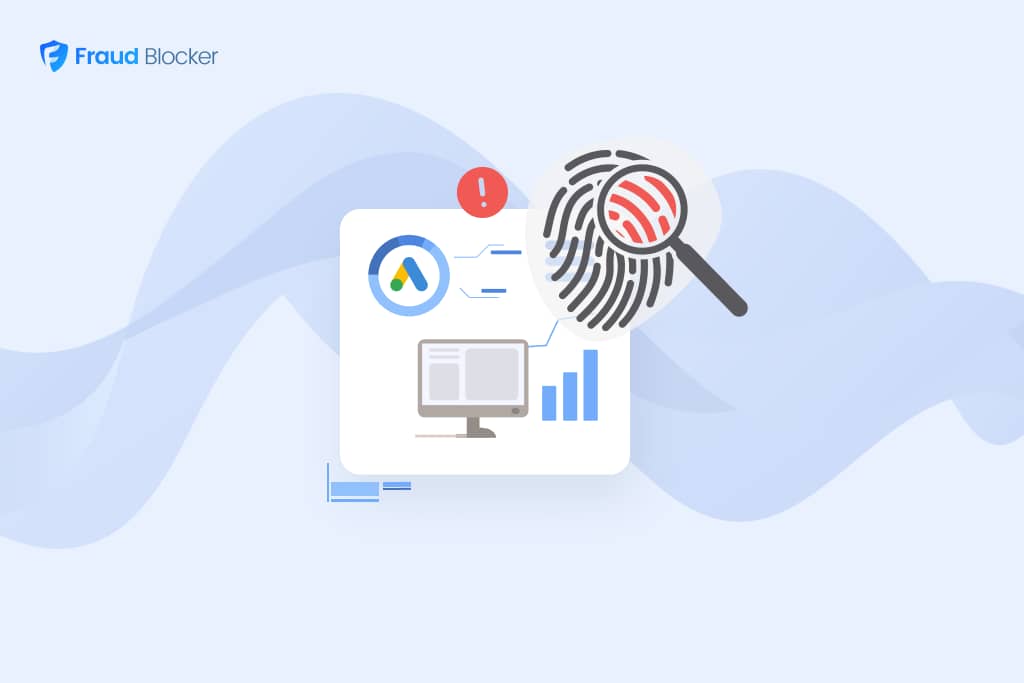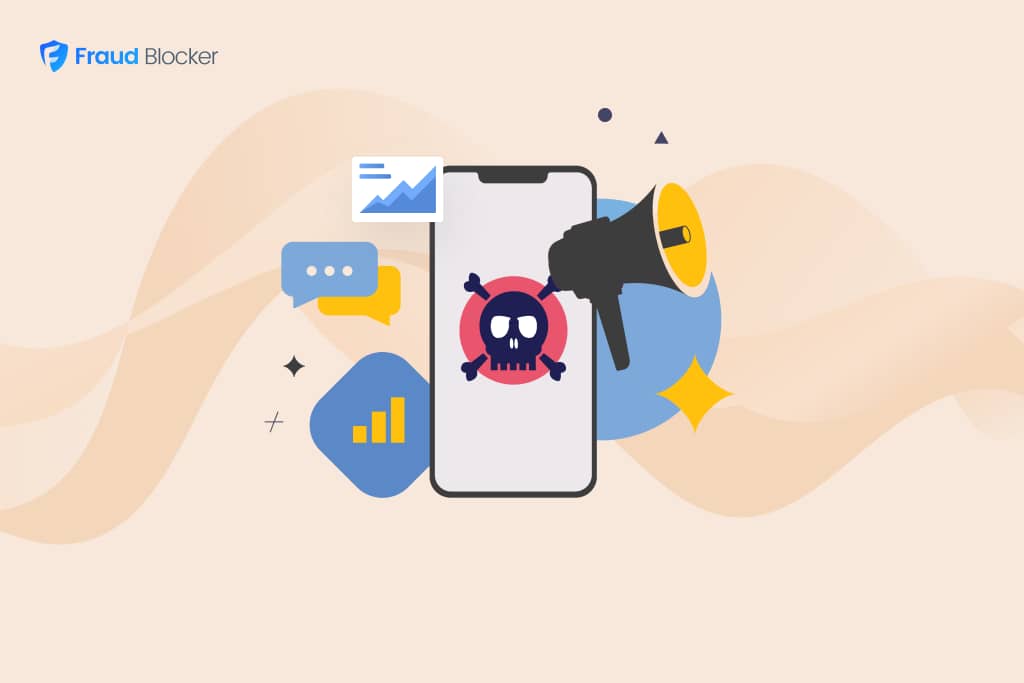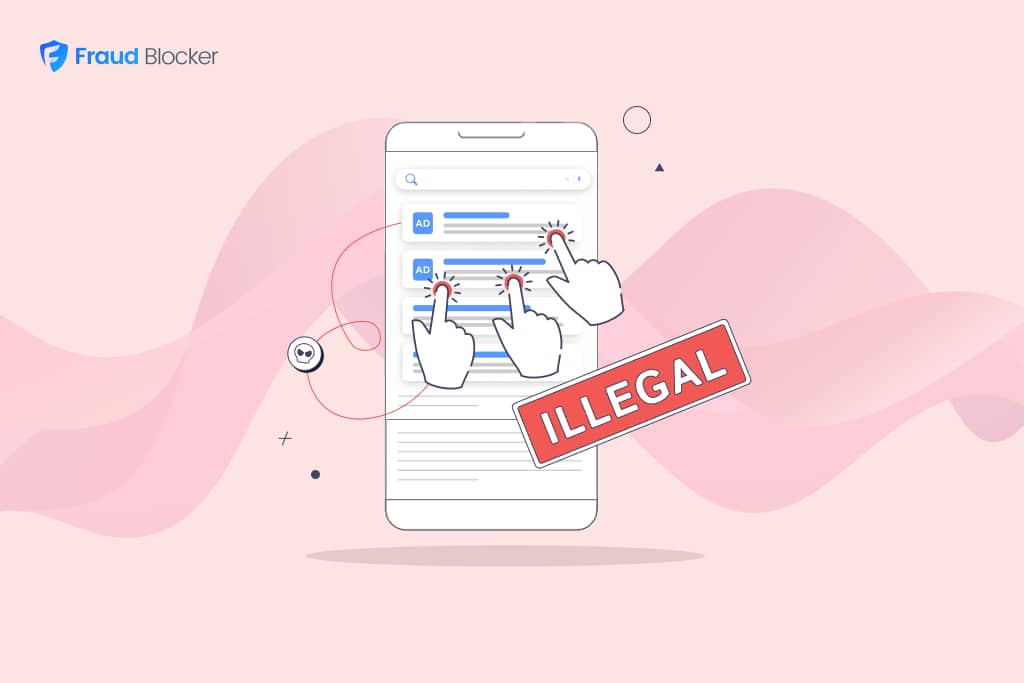
NEW New feature: Verify & block fake emails

We improve your ad performance by blocking click fraud and fake emails

Click fraud is costing advertisers billions in loses. Learn more here.

Click fraud is costing advertisers billions in loses. Learn more here.

In 2023 around $600 billion was spent globally on digital advertising. Search engine ads are now the biggest advertising medium, and by search engines we do mean Google. Reaching almost 5 billion globally, and accounting for over 81% of the global internet searches, the ad targeting potential of the world’s biggest search engine (and ad platform) is currently unmatched.
Oh, that is unless we’re talking about Meta, aka Facebook. The social media behemoths are the equivalent of Google. Although they do lag behind the search giants, accounting for around $132 billion of the global ad spend in 2023, .
Beneath these colossal figures is a parallel economy of fraud, with research by Juniper finding that $84 billion was lost to fraudulent clicks in 2023.
Ad fraud and click fraud, often lumped under the catch-all phrase ‘invalid traffic’, encompass various forms of fraudulent activities on your paid ads. But how can you tell if your ads have fallen victim to bot traffic or other clicks with malicious intent? And what can you do about it?
While often used interchangeably, the terms “invalid traffic” and “click fraud” denote slightly different nuances. Invalid traffic encompasses all clicks and impressions that do not result from genuinely interested users. This broad category includes both intentionally fraudulent activity and unintentional non-malicious interactions. This may include double-clicking an ad by accident or a bot crawling a website for indexing purposes.
Click fraud, on the other hand, is a subset of invalid traffic with a specific malevolent intent. It refers to the deliberate practice of clicking ads to damage or derive financial gain at the expense of the advertiser.
Read our complete guide: What is click fraud?
To confuse matters further, there is also the term Ad Fraud, which refers to the practice of industrial scale fraudulent clicks. This usually includes actions like hiring click farms or developing apps containing automated clicking software to illicitly inflate ad earnings.
Ad fraud operators are often fraud gangs operating a complex network of software, apps, fake websites, VPNs and click farms to generate huge amounts of money. Some of the most famous ad fraud campaigns include Methbot, Drainerbot and the busted WeChat click farm in Thailand.

A click farm designed to generate fraudulent clicks was uncovered in Thailand
Both Google and Meta acknowledge the threat of invalid traffic and click fraud. As such, they both have robust policies to detect and block invalid clicks, with sophisticated procedures and algorithms analysing your ad traffic.
Google do also offer automated refunds for clicks identified as non-genuine or fraudulent traffic.
So, yes, Google and Meta do both implement measures to detect and prevent click fraud. They do, after all, need to show their commitment to maintaining click quality and supporting advertisers by identifying and reimbursing for invalid clicks.
However the question is: Do they do enough?
The prevailing sentiment from paid search marketers is that the ad platforms fall short. And, despite some attempts to address the issue, click fraud remains a huge and growing problem.
Well known anti-fraud bloggers such as Bob Hoffman and Dr Augustine Fou have been consistently vocal about flagging the shortcomings of the ad world. And while they acknowledge, for the most part, that online ads are an essential part of the marketing eco-system, they also repeatedly warn that ad networks are failing in their commitment to snuffing out ad fraud.
So what is the business marketer to do? And how can you even tell if you’ve been affected by suspicious activity on your ads?
Understanding what causes invalid clicks and being able to spot tell-tale suspicious activity is a big part of preventing click fraud on your ads.
And while poor ad performance such as a low conversions to click ratio can sometimes be related to fraudulent clicks, it can also be a sign of other problems with your ads. While that’s a subject for another day, lets look at the common signs of fraudulent activity and what they can mean:
Additionally, analyzing user behavior can help detect anomalies that may indicate fraudulent activity, such as patterns in click data that deviate from expected user interactions. Repeated clicks from the same IP addresses or a narrow set of devices might indicate bot activity or individuals repeatedly clicking ads without genuine interest.
Fraud Blocker’s dashboard displaying types of fraudulent clicks
Anecdotal evidence has suggested that around 90% of paid ad campaigns are affected by some form of fake traffic.
Whether this is organized ad fraud and floods of bot traffic, competitor click fraud – where your industry rivals indulge in some unnecessary clicks to knock you off top spot, or simply a consistent flow of automated traffic or bots.
But even a low level of fake traffic can have huge effects on your ad budget and performance.
Consider the fact that marketers rely heavily on the data of their ad campaigns to assign budgets. While they might see high volumes of clicks or impressions, the fraudulent aspect skews user data and causes the marketer to keep spending, or spend more on their campaigns.
And as advertising costs rise, with Google reportedly raising prices by up to 10%, being able to correctly attribute clicks and impressions to real users is ever more important.
And this is where the use of click fraud detection software specifically designed to detect and counteract click fraud can provide an additional layer of protection and insight. These tools not only help in identifying suspicious activities but also assist in automating the process of blocking fraudulent clicks in real time, thereby safeguarding your advertising spend across the main ad platforms including Google Ads and Meta for Business.
When it comes to blocking fraudulent clicks on your ads, there are a number of processes both manual and automated you can take.
These are the most effective processes to block clicks from non-genuine sources:
By far the easiest way of detecting click fraud is by using made for purpose fraud prevention software such as Fraud Blocker. With automated fraud blocking algorithms, at-a-glance dashboards and customizable rules to manage your level of fraud protection, click fraud detection software means marketers spend less time worrying about fraud, and more time getting results for their business or clients.
Fraud Blocker provides an all-in-one solution that improves ad performance by analyzing, detecting and preventing ads from appearing to bots, competitors and other malicious sources.
Today, the company protects over 4,000 websites and analyzes over 500,000 unique IP behavior daily to ensure that you are not wasting your ad spend on fraudulent and invalid ad traffic.
Fraud Blocker blocks sources of fraudulent ad traffic by monitoring inbound web visitors to your website and looking for irregular behavior from the source that could suggest it’s from a bot, non-human source, click farm, competitor, accidental clicks, and more.
This analysis includes tracking a web visitor’s IP address and device fingerprint, and reviewing dozens of signals in real-time such as bounce rates, IP-to-device ratios, VPNs, click frequency, etc.
Once an invalid or low quality user is detected, Fraud Blocker automatically prevent ads from being served to them, thus saving you money while also improving your ad performance.
Try our 7-day free trial and see how much money we can save you.


